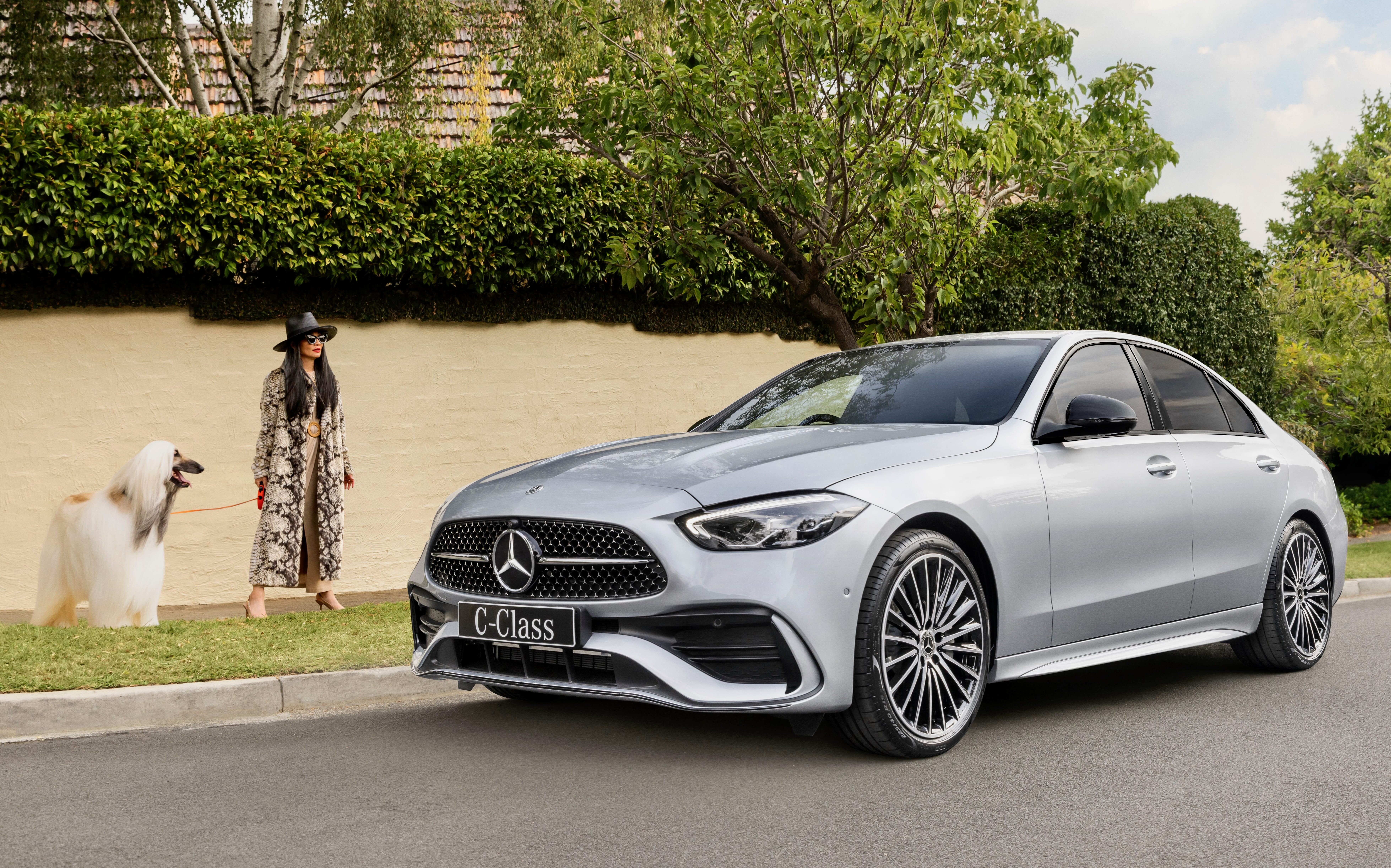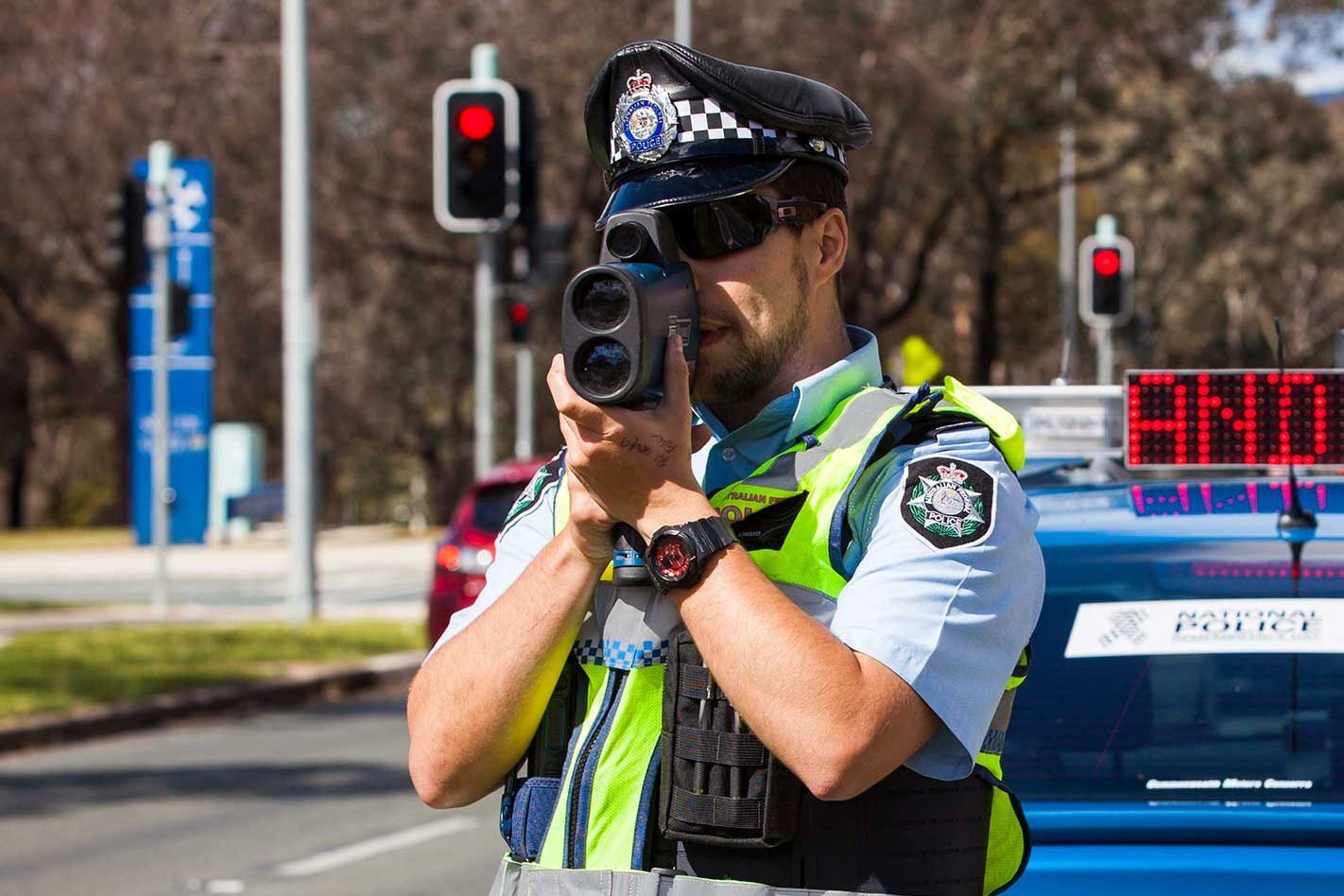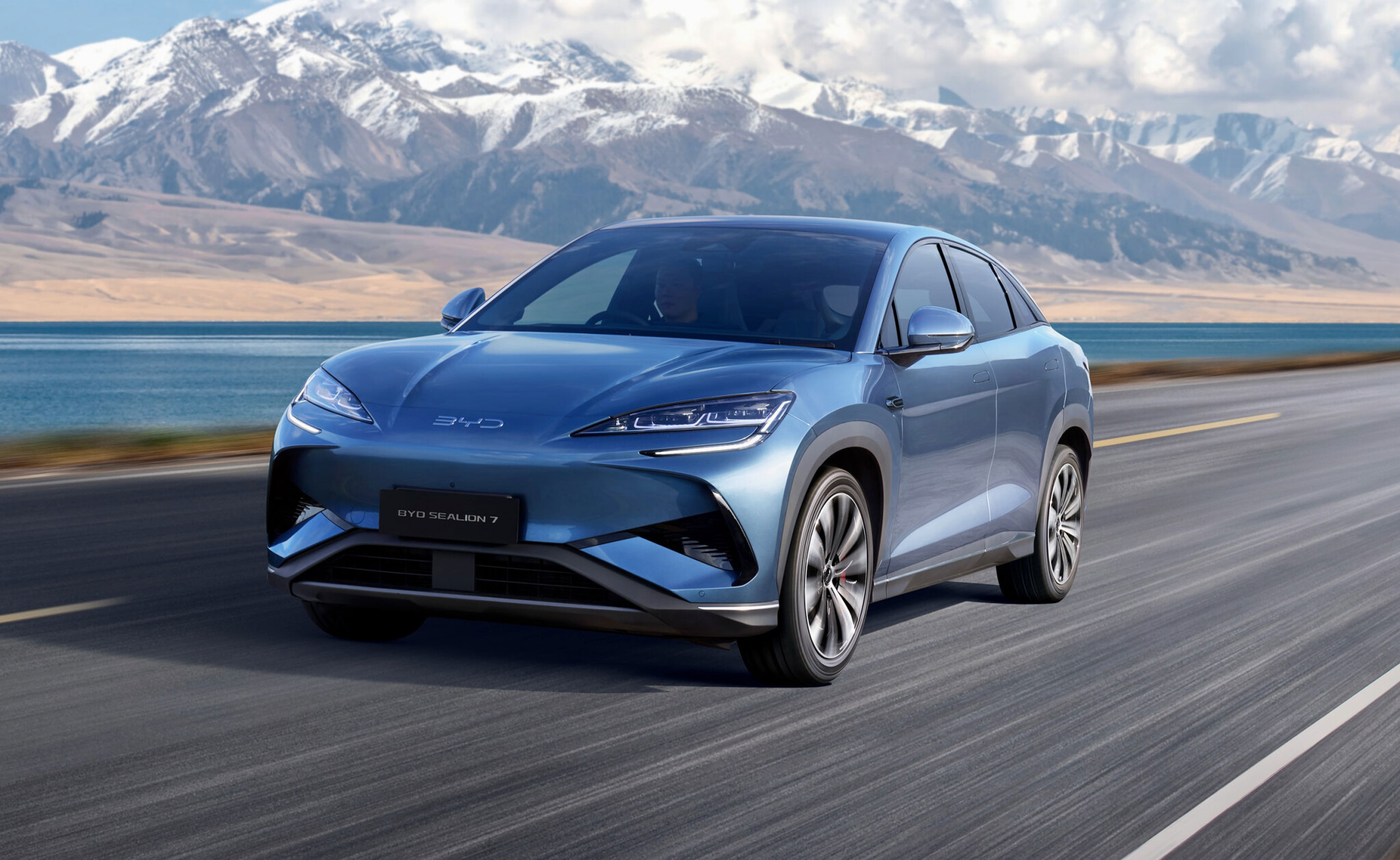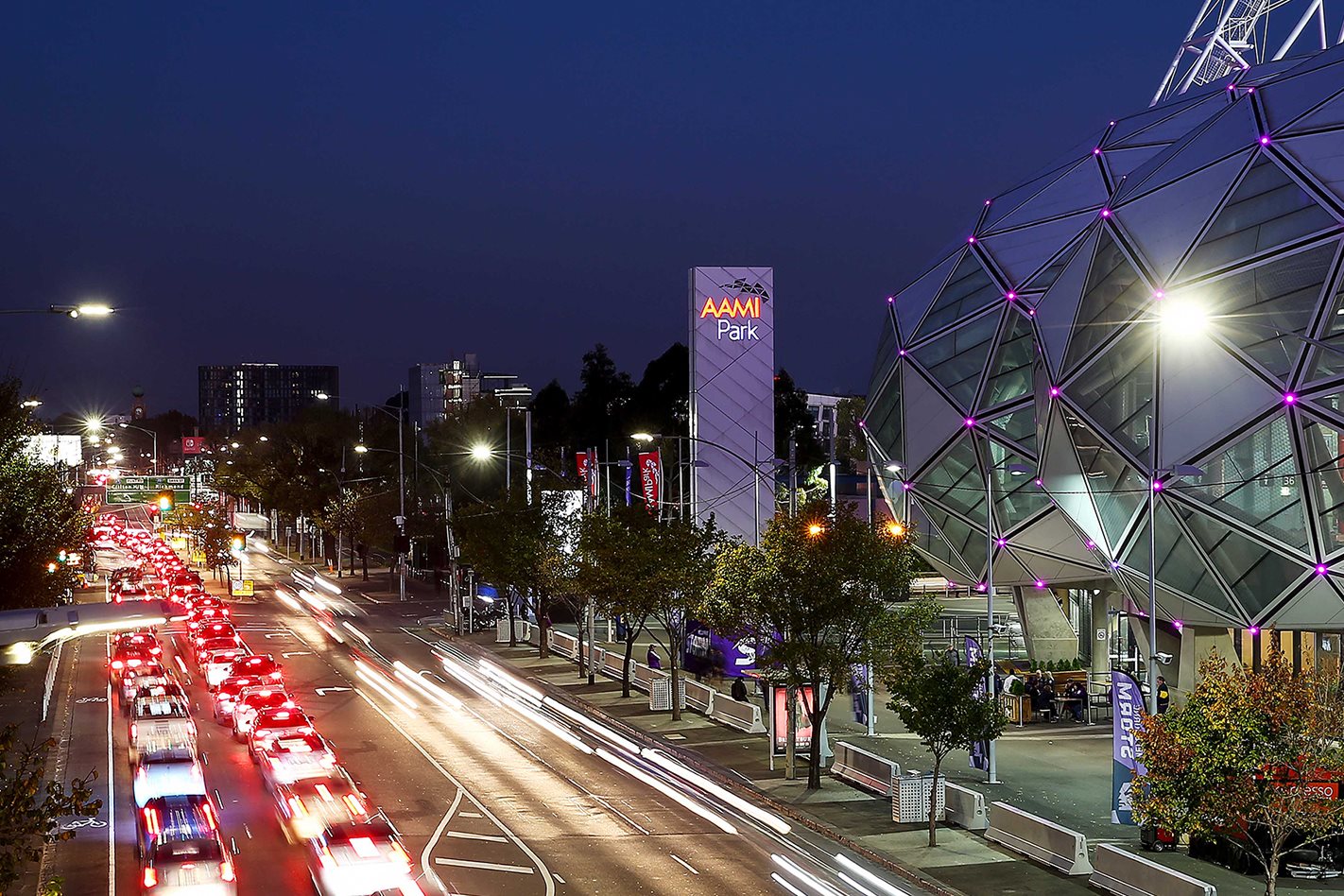
Snapshot
- Australia aiming to reduce emissions 43 per cent by 2030
- Going for net zero by 2050
- No mandated transport emissions target currently in place
The Australian Federal Government has officially committed to lowering its carbon emissions by 43 per cent before the end of the decade, but the automotive sector continues to call for a specific emissions reduction target.
After the Labor Party won last month’s Federal Election, Prime Minister Anthony Albanese has started to deliver of his party’s promises to combat climate change, with a revised emissions reduction target becoming one of the first ports of call.
Having committed to the Paris Agreement in 2015 with a 28 per cent reduction by 2030, the new 43 per cent target comes just over a year after Australia signed on to reach net zero by 2050.
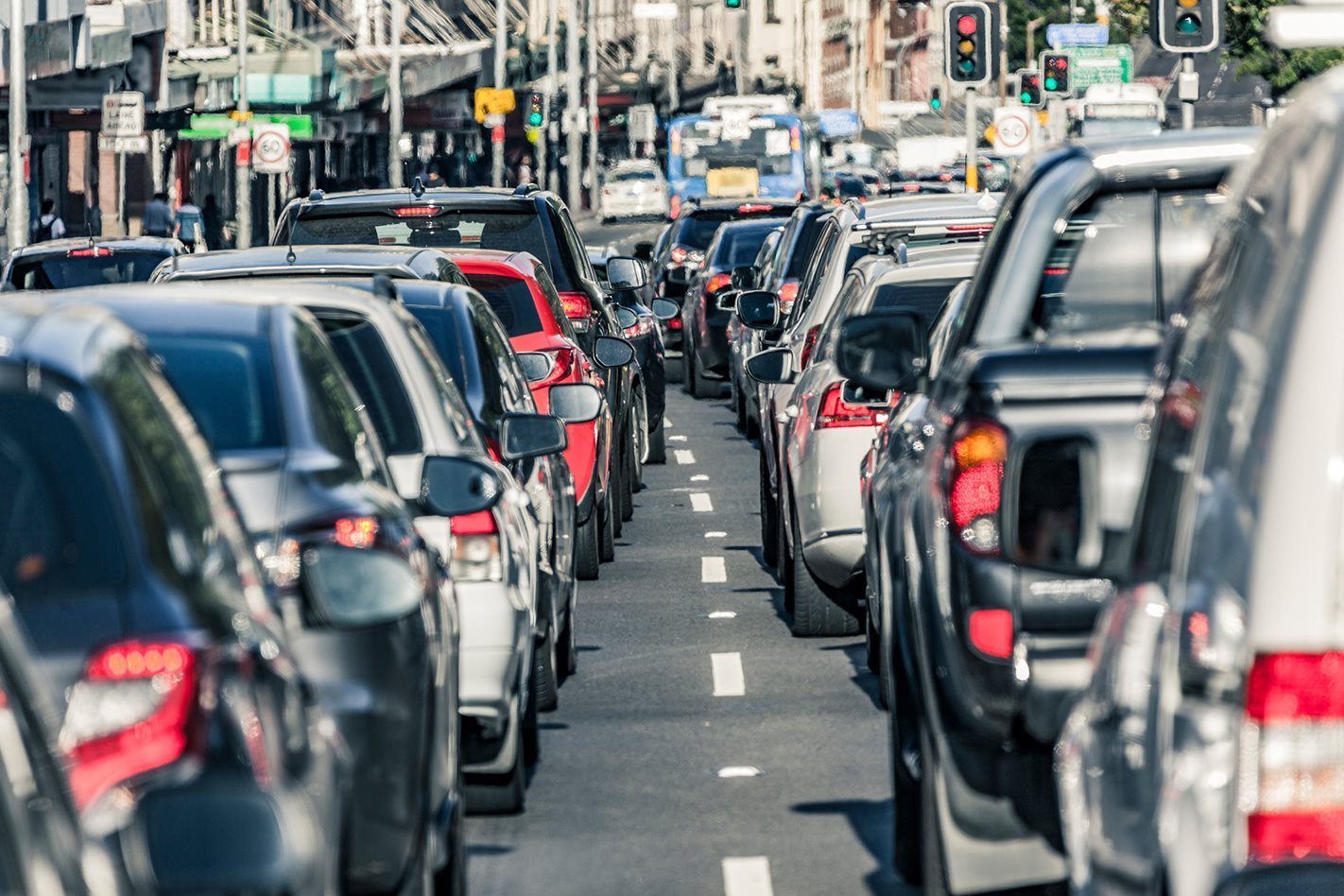
However, while the federal goal is more ambitious than before, Australia still lacks a specific emissions target for the automotive industry, with some manufacturers instead signing up to a voluntary emissions standard in 2020 – which resulted in lower CO2 emissions last year.
Despite this voluntary standard, only a third of manufacturers hit their industry-led emissions aim throughout the year, as 12 out of 39 brands came in under their targets for passenger cars and light SUVs.
The Federal Chamber of Automotive Industries (FCAI) reiterated its calls for an automotive target and specifically the light vehicle industry, which accounts for roughly 10 per cent of Australia’s transport emissions, with Chief Executive Tony Weber saying automotive manufacturers would respond positively to a government mandate.
“We know that automotive manufacturers around the world respond to strong policy signals when allocating their limited supply of zero and low emission technologies. A technology neutral emissions reduction target for vehicles is the signal Australia needs to send,” said Weber.
“Our members recognise the need to combat climate change. In the absence of federal leadership in 2020 we established our own voluntary scheme that sends a message to manufacturers’ head offices that Australian motorists want the best low emission technologies.”

As states and territories lead the way in offering incentives and rebates for zero emissions vehicles – led by those utilising battery technology – the FCAI also called for an agnostic approach to which low-emissions vehicles the public should be able to buy, not preferencing one powertrain over another.
“Now is the time for the new Albanese Government to work with our members to mandate this scheme in order to get these new low emission technologies to Australia”, added Weber.
“Any reduction target must be broad based and focused on reducing CO2 not picking certain technologies over others. Our zero emissions future is ultimately full electrification.
“Our short and medium term journey will require a mix of hybrid, plug in hybrid, battery-electric, hydrogen and efficient internal combustion to meet the varying needs of Australian motorists.
“Our message to Government is simple. You give us the target, and we will give you the technology to get there.”
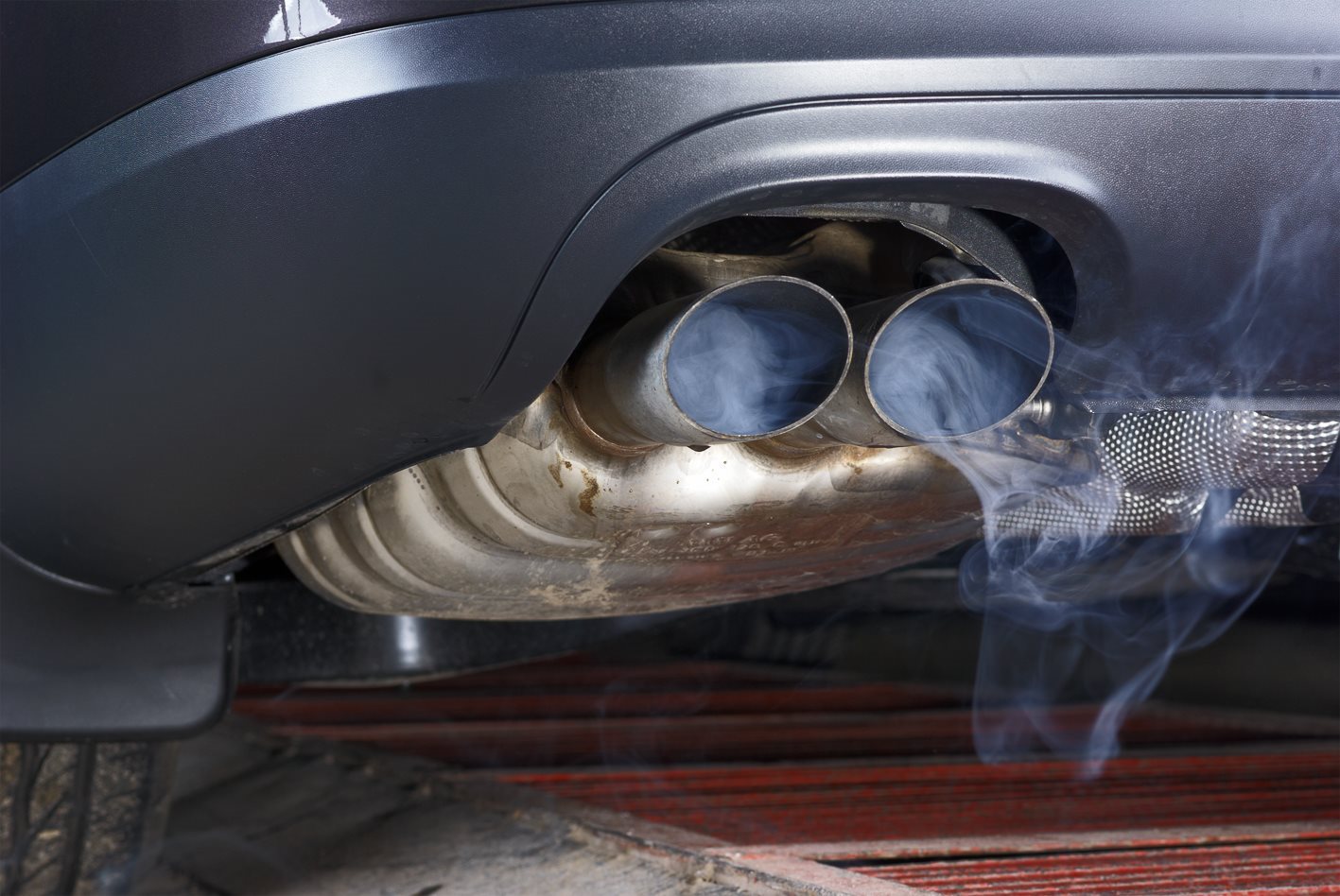
Last year, the Liberal-led Federal Government announced a subsidy scheme worth $2 billion to prop up Australia’s two remaining oil refineries in Geelong and Brisbane, with roughly $300 million allocated to infrastructure upgrades to improve fuel quality, given our fuel is the worst in the developed world.
The European Union has recently been pushing for a ban on the production of new internal combustion engine-powered cars by 2035, while the United Kingdom will phase out new petrol and diesel vehicles by 2030.
We recommend
-
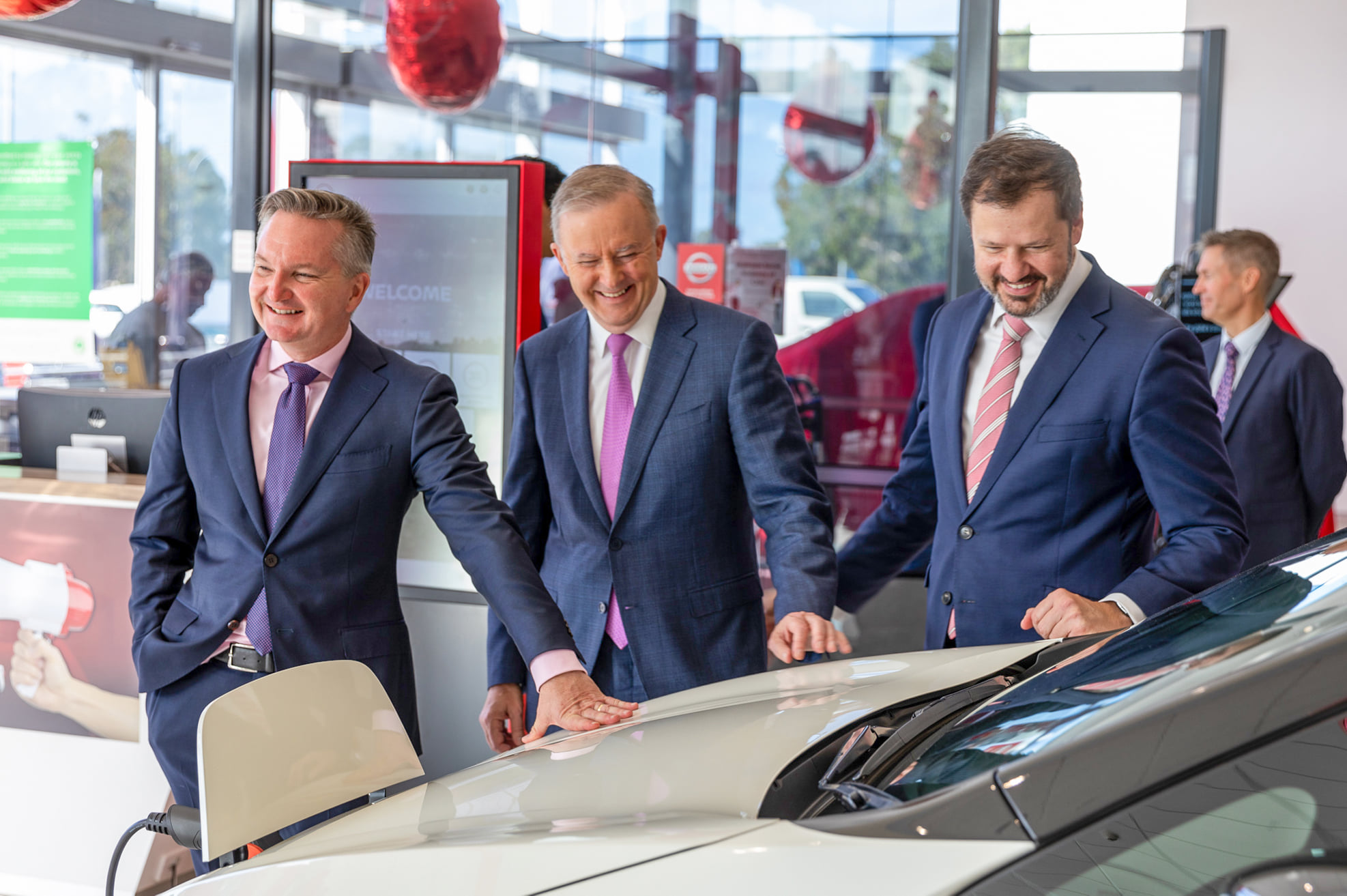 News
NewsWhat does a new Labor Government mean for EVs?
The climate-focused Labor Government says it will be putting electric vehicle adoption at the head of its charge
-
 News
NewsNew vehicle emissions drop as peak bodies call for Government mandates
A small reduction in emissions year-on-year has been met with calls for greater action from the top
-
 News
NewsReport shows two thirds of carmakers missed industry emissions targets in 2021
Industry body reveals emissions findings for the last year, with continued push for Government to adopt standard as legal requirement


